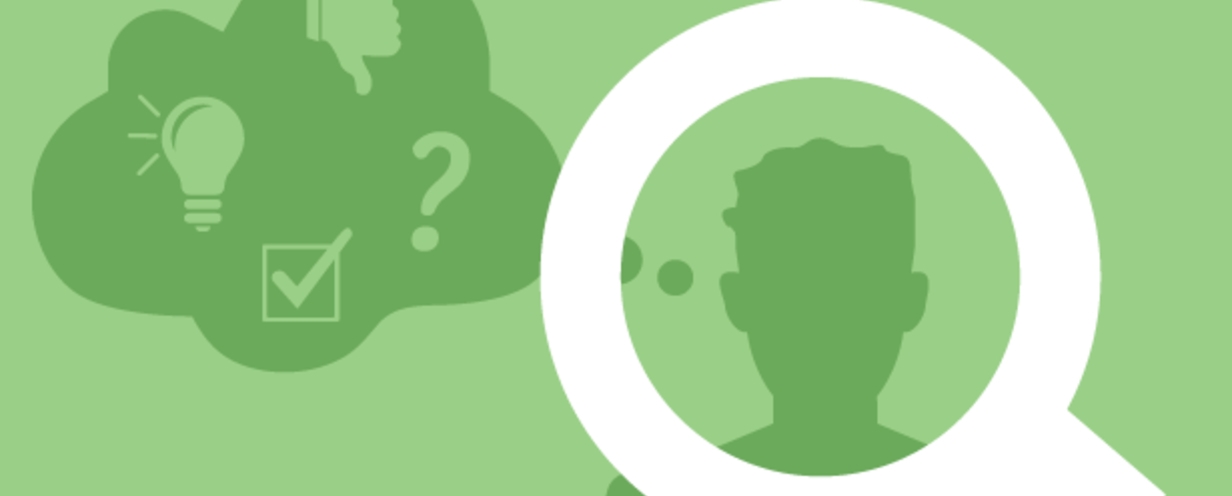
Early-stage research: How are your customers currently using your products?

Research early on in the product life cycle will help you understand who your customers are and how they are currently using your product or service.
This research helps identify problems, prevents you from spending time and resources fixing things that aren’t broken, and offers invaluable feature ideas.
What early-stage research is for
Conducting research at every stage of the product development process will ensure you deliver a great user experience.
- Early-stage research focuses on understanding your users and pinpointing the problems.
- When you start designing you can use research to validate your designs and ensure you’re on the right path.
- Once a new product has launched, you might ask yourself if the product meets expectations and achieved what you had set out for it to achieve.

This article focuses more specifically on early-stage research. During this discovery phase, we can ask the following research questions:
- Who are our users?
- What are they doing or using now to accomplish this task?
- What is currently working and not working about our product?
- What features would help them out that you haven’t implemented yet?
Research early on in the product lifecycle is important for websites, apps, and physical products (digital and non-digital).
Insights that will improve your design
In a redesign
Typically a redesign project is kicked off because someone has identified a problem with the current design.
I’ve heard many clients say, “We don’t need to test our current version because we know it’s awful.” More often than not, there are design elements that actually work well, even if the complete experience could be improved. Early research ensures we know what currently is working so that we don’t fix things that aren’t broken. User research can also be used to identify problems, if you don’t know what to focus your design efforts on or how to prioritize them.
Early research keeps you from wasting time fixing things that aren't broken in the first place.
Understanding how your customers currently use your product or service can also shed light on what features they need, but don’t have yet. For example, if you’ve designed a photo app and notice that users take a photo, but then exit out of the program, open their email app and attach the photo from there to send to a friend, you might choose to add a “share” feature to your original design.
In a brand-new product
So far, we’ve only talked about redesigns, but early stage research can also be helpful if you’re designing a completely new product or service. Instead of researching how people currently use your product, you can study how they currently try to accomplish the task you are hoping to design a new solution for.
For example, if you wanted to design a new running app, it’s helpful to watch people out for a run using different apps, watches, etc. and post run as they upload or review the data. What websites do they use? What other software? Any physical products?
Discovery phase: Research methods and examples
Below are common methods used during the discovery phase of a project to understand how people are currently using the system. These methods are both attitudinal, in which you hear more about people's preferences and likes, and behavioral, in which you observe actual use. For each method below, I've included a suggested study setup.
Focus group
Getting a group of current or potential users together to talk about their past experiences or current needs can shed light on different use cases. Focus groups are also great for exploring how product of feature concepts might be used.
Suggested setup: Create a show-and-tell and have participants bring in the product (or related products) you’re working on. This will help elicit stories about what they like and don’t like.
Survey
If one of your goals is to prove a point about current use, you might consider a survey, since it’s quantitative and allows you to extrapolate the findings to all your users in general. Surveys are also great ways to elicit feedback on the current design to help you understand if users enjoy using your product.
Keep in mind that surveys (and focus groups) are not great ways to learn about the usability of a system. Instead, they’re good for collecting opinions about a design, or for generating ideas about a product that isn’t complete yet.
Suggested setup: Ask a large sample of your users (30+) to prioritize existing (or new) features included in your product. Allow participants to add ideas for new features they would like to see and why.
Usability study of the existing system
Before you even start to redesign, a basic UX assessment of the existing system will tell you what currently works well and what doesn’t. It’s key to recruit people who would actually use your product and give them tasks that they would actually do with the product.
Suggested setup: Decide on the 3-5 most important activities that all your users must be able to accomplish. Ask participants to attempt to accomplish those activities while they think aloud. Make sure to note what works, not just what doesn’t!
Field study
I’ve left the best for last. Nothing compares to watching your users interact with the product in their own environment, using it for their own purpose.
For example, if you’re designing a new airport check-in kiosk, you don’t even need to set up an official study. Go to the airport and just watch what happens as people try to check in. Besides what happens on the screen, what environmental factors get in the way? Are they rushed? Is there a long line? Are they holding a lot of bags or a child? Does their spouse take over and complete the process? These are all insights you wouldn’t get if you brought your study “into the lab.” You can run a once-off field study, or follow people over time in a diary study.
Suggested setup: Go where your users are and just sit and watch. Alternatively, recruit participants who plan on using your product to accomplish a task in the next few days. Set up a time to observe them as they do so.

You can learn a lot by going to a public place like an airport or subway station and observing how people interact with products and solve problems.
Here at UserTesting, we’re very excited that our new mobile recorder allows users to capture their experiences in the real world. Participants can now use their smartphone wherever they are to record the experience. Studies that were traditionally time-intensive and expensive are now more efficient with this new tool.
Conclusion
Conducting exploratory user research will help you understand current use of your system so that you can focus on improving the design and offering a great user experience. You might also uncover some unexpected uses of your product that you never even imagined. Researching how customers are actually using your product will help you develop empathy for your users so you can build great experiences.





